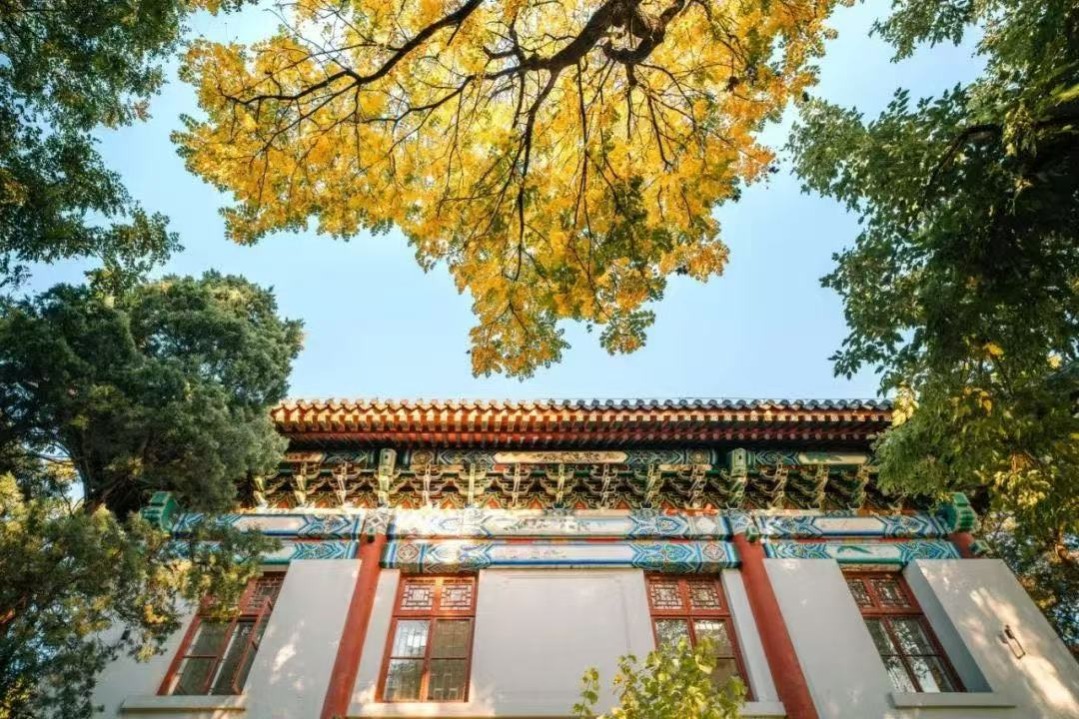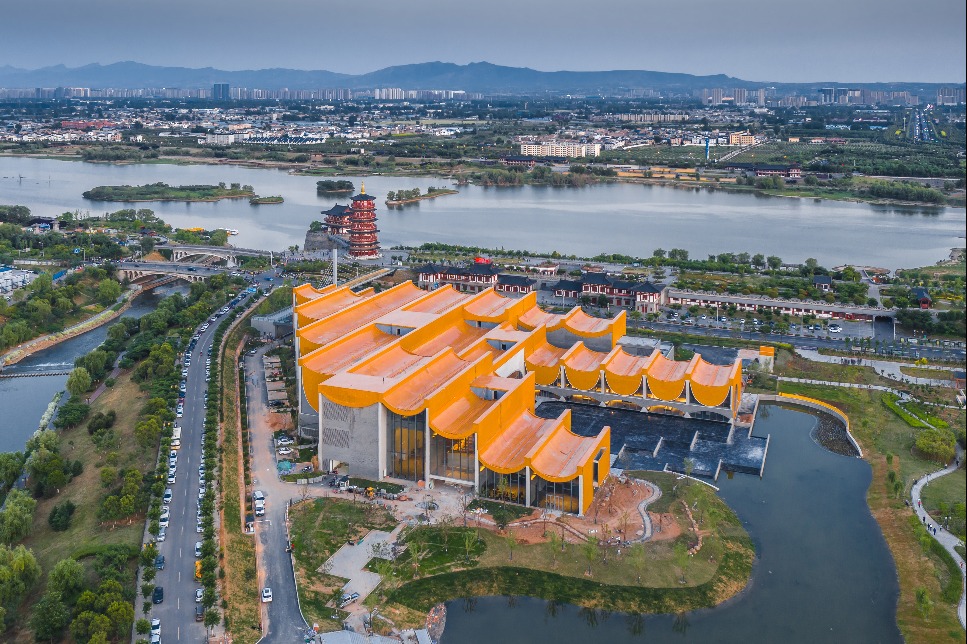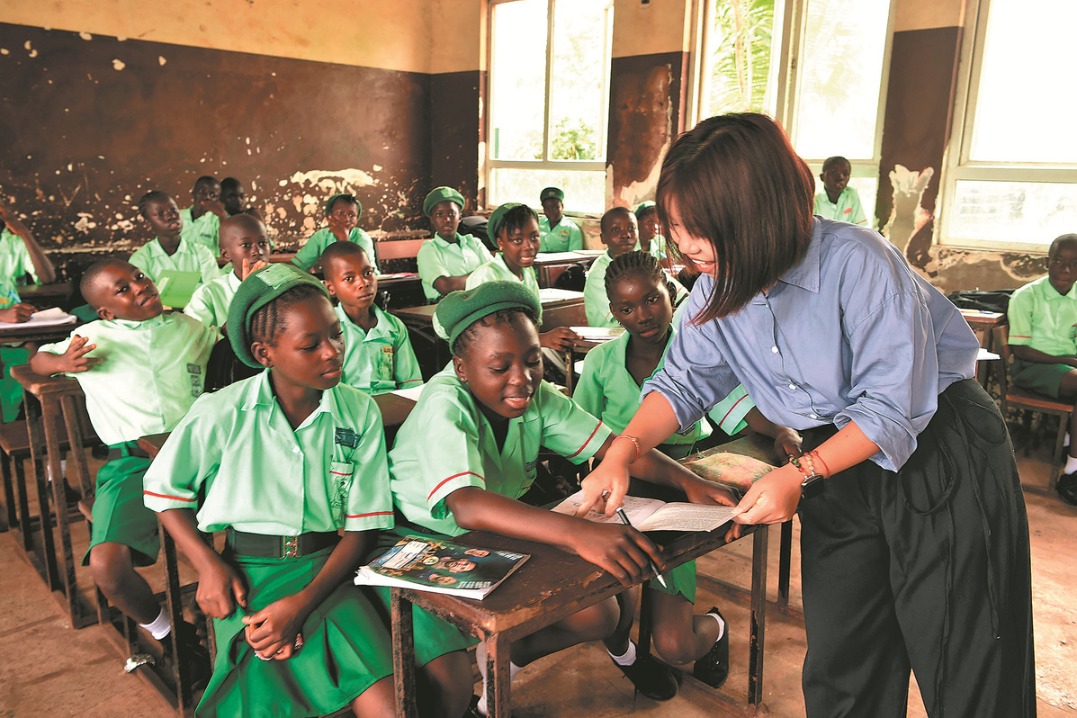Making scents of history
Incense maker sniffs out an opportunity as she brings ancient aromatic recipes to life, report Ma Jingna in Lanzhou and Chen Meiling in Beijing.
By Ma Jingna and Chen Meiling | CHINA DAILY | Updated: 2021-01-27 07:51
 Some of the incense that Lu has made over the years displayed in various forms, from conical shapes to the more familiar incense sticks. CHINA DAILY
Some of the incense that Lu has made over the years displayed in various forms, from conical shapes to the more familiar incense sticks. CHINA DAILY
Lu adds that during the Southern Song Dynasty (1127-1279) there was a profession called xiangpo, where elderly women promoted using incense door to door.
Today, incense can be found in people's studies or bedrooms, used to create a calmer environment.
Incense is produced differently to perfume, air freshener and essential oils, and no chemical additives are used, according to Lu. "It's more natural, and it lingers longer, although the smell of incense is not as strong as perfume," she says. "One of my favorite sachets, made of rosin and borneol, has not changed its aroma for three years."
Recipes for Lu's ancient incense come from the book Xiangsheng (meaning "the history of incense"), written by Zhou Jiazhou during the Ming Dynasty (1368-1644).
Known as "a dictionary of incense", the book includes the origins, characteristics, usages, recipes, related poems and articles of about 400 kinds of incense. However, there are just a few descriptions about each scent, without any mention of the related production methods.
"What I can do is to strictly obey the recipe, using all possible types of perfume and tools it mentions," she says.
The process can be long and complicated, as one type of incense may need a mixture of 15 different ingredients, many of which may have to be individually processed first.
There are strict routines to be followed. For example, Lu explains, nard (a plant) needs to be boiled with milk, then mixed with lemongrass to give it a pleasing aroma. Saffron crocus needs to be crushed by a stone mill with a little highland barley wine, while cedar seeds need to be picked in April, and boiled in water, then dried under the sunlight and soaked in yellow wine for some time, before being mixed with other elements.
The book also uses ancient methods of measurement, which makes it harder to convert them and obtain the equivalent modern amounts.
Lu also dabbles in her "laboratory", sometimes adding or excluding different elements.
"It's experimenting through repeated trial and error," she explains. "It's just impossible to succeed with just one trial."
Lu once tried 10 times to make a particular type of incense. The first time it failed to burn, the second time the scent was too strong, the third time it created too much smoke, while the fourth it was too fragile. The problems continued to plague the process through to the ninth attempt.
Patience is required, adds Lu, who, as a graduate from a military college and an army veteran, has much discipline and perseverance.
























